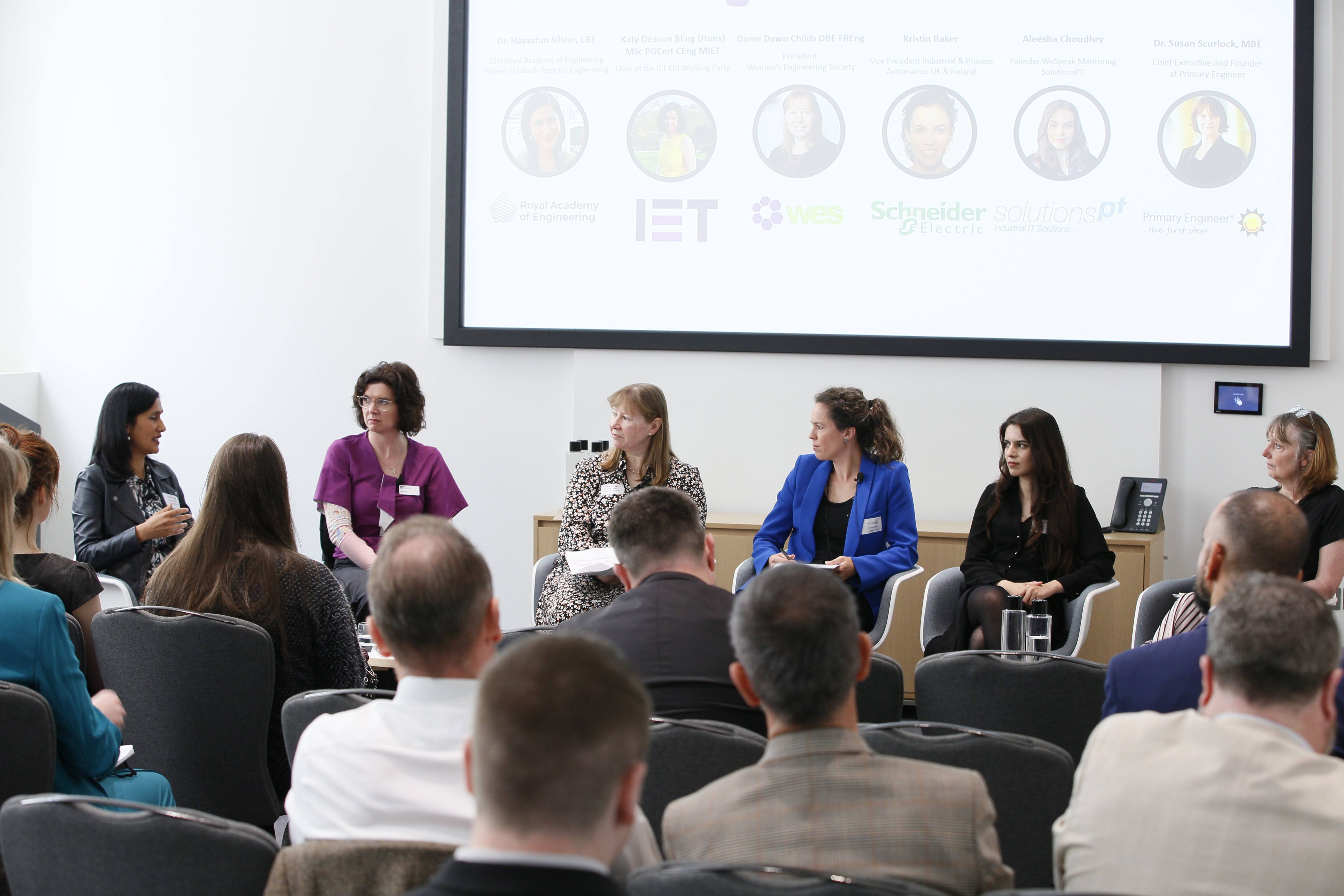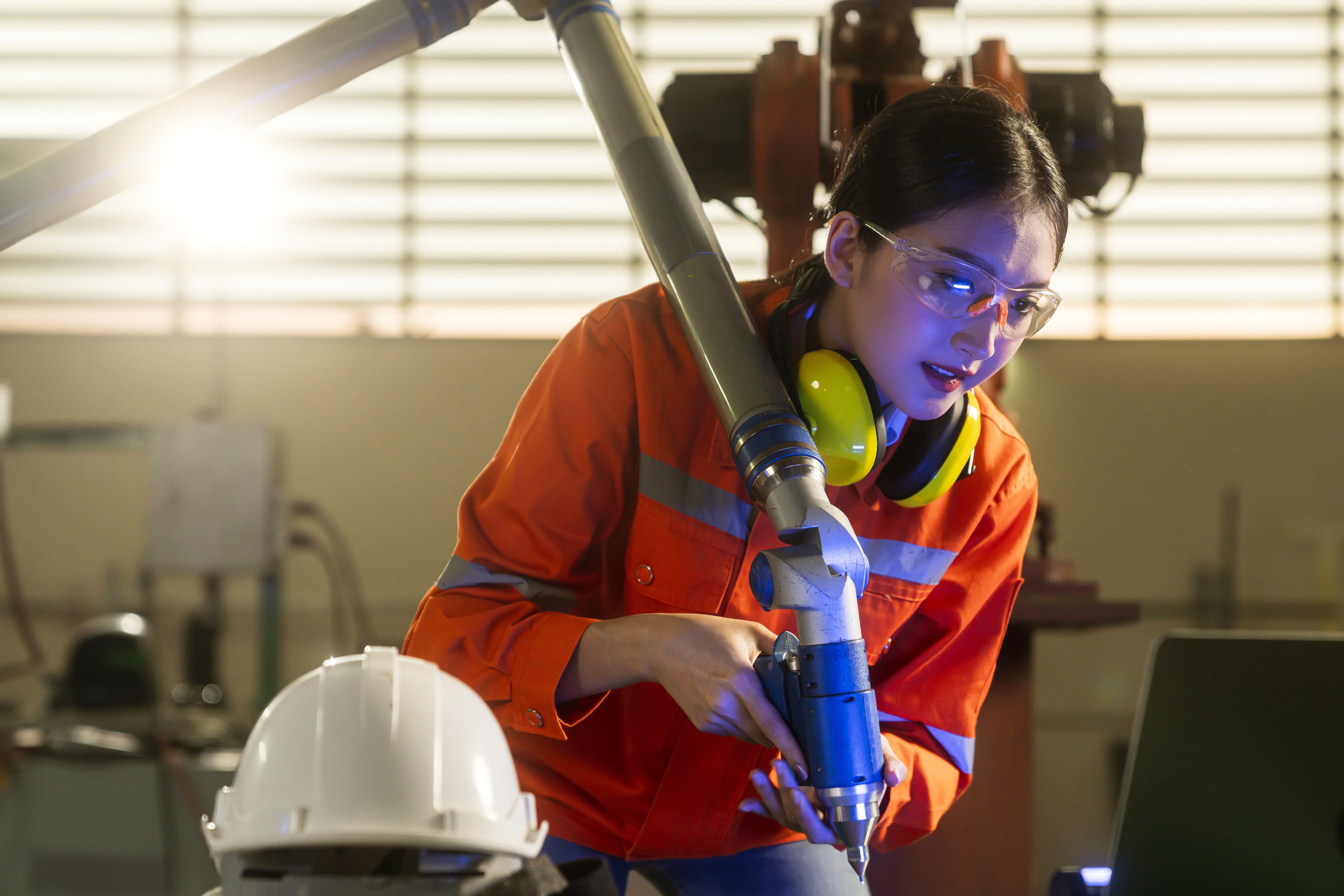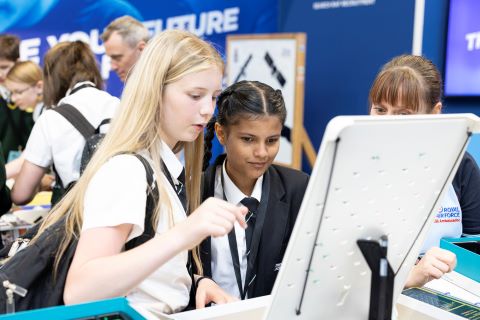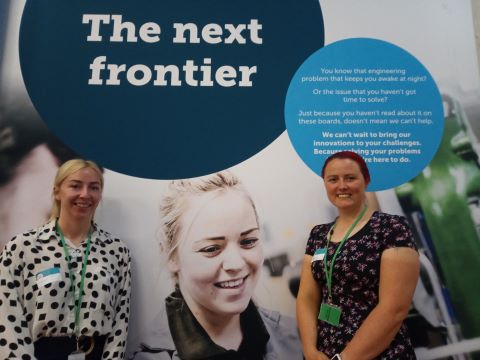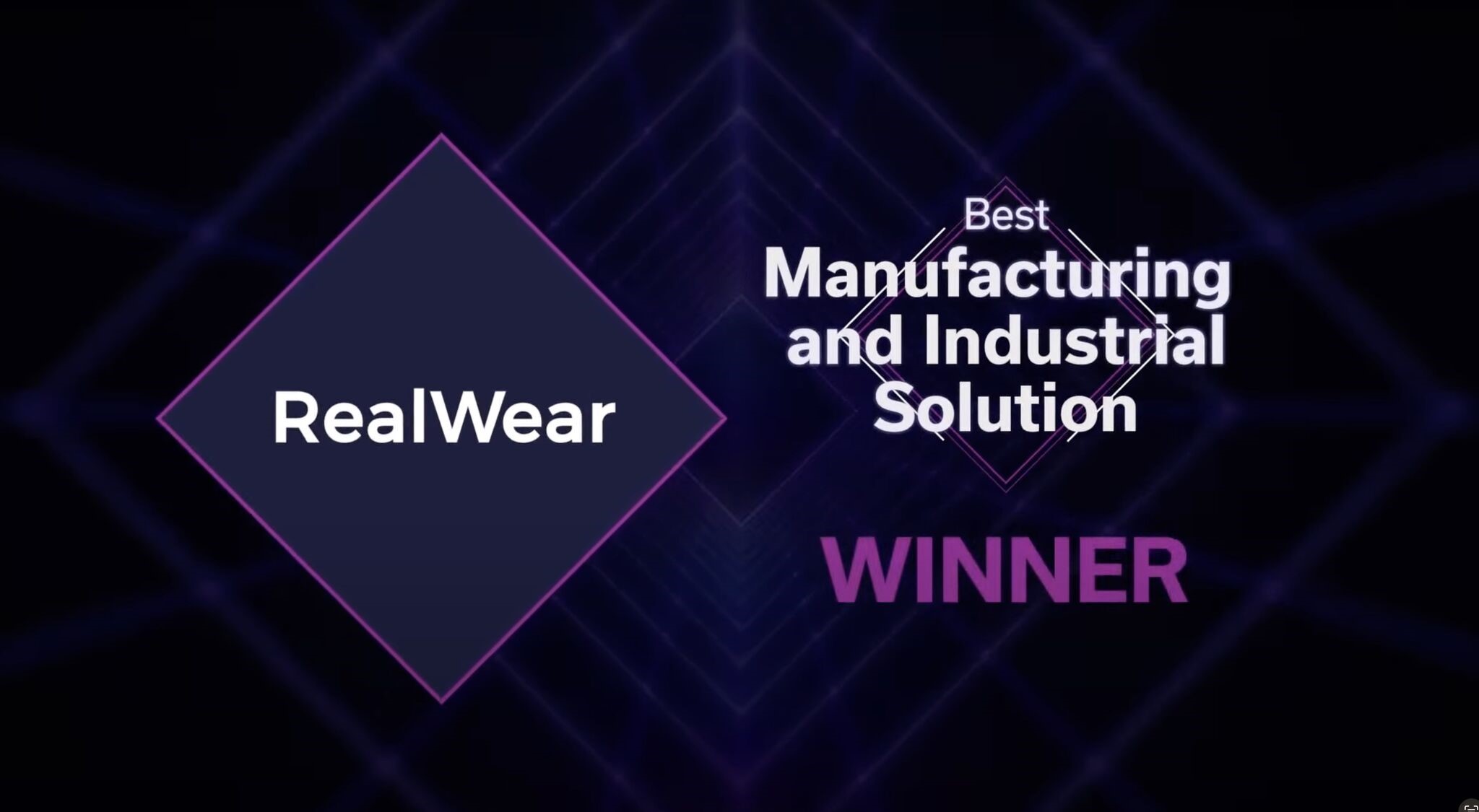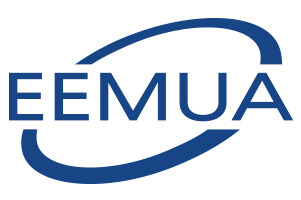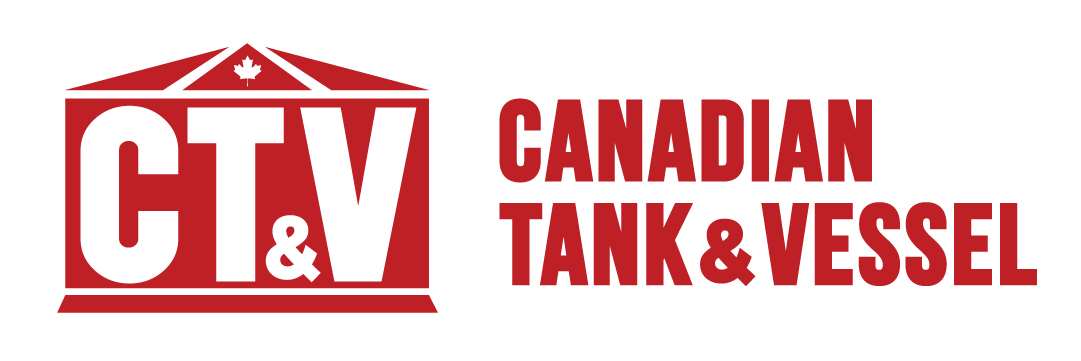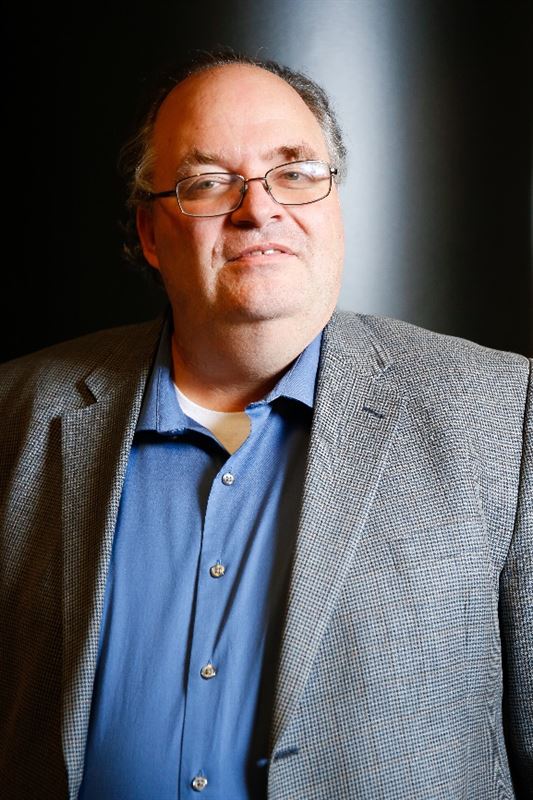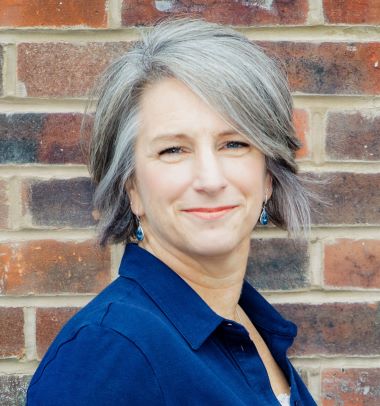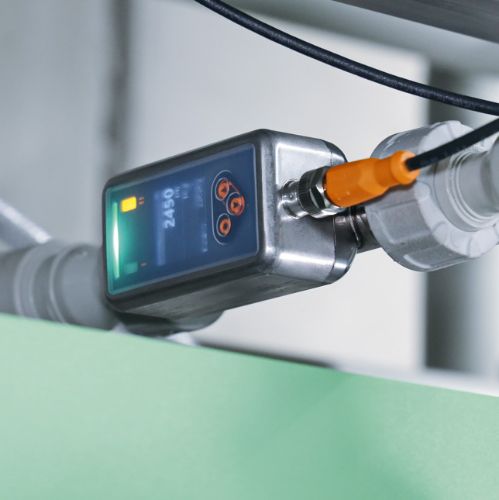
What led to this condition?" is one of the most common questions asked in the course of inspecting faulty or damaged rolling bearings. For machines with rotating shafts, the focus is on monitoring the rolling bearings. As the interface between the shaft and the machine foundation, they have to absorb the resulting forces. This means that faults and damage in design and operation have a particularly strong effect on rolling bearings. This is precisely what makes them suitable measurement points. Although rolling bearings are among the most important components in most machines, there is often a lack of effective methods for monitoring them. Monitoring (trending) is performed to detect changes or deterioration in condition. For this purpose, simple characteristic values are recorded by means of recurring measurements and their change is observed over time. If an alarm value is exceeded, measures must be initiated. If it is a first warning level, a detailed analysis is carried out first and, if necessary, the time interval until the next measurement is shortened. In order to identify a fault or damage pattern and determine the causes, special evaluations of the measurement data must be carried out. Simple characteristic values are not sufficient for this purpose. At this point, the maintenance measure can be planned accordingly, depending on the severity of the damage level and the possible cause. If the actual alarm level is exceeded, the machine must be stopped either immediately or as soon as possible. The maintenance actions must then be carried out immediately.

BS40: Innovative and reliable solution
The new BS40 broadband structure-borne sound sensor was developed by SONOTEC to help companies worldwide better maintain their rolling bearings. This practical and robust sensor is ideal for condition monitoring on machines with rotating parts. The product design impresses with a laser-welded stainless steel housing. The ¼"-28 UNF threaded bolt allows for maximum flexibility in mounting as well as in use, as the BS40 can be used with magnets for flat or curved surfaces. In addition, the BS40 can also be screwed to adhesive pads with an internal thread, resulting in excellent reproducibility. The optimized sensor characteristic in the range from 10 to 65 kHz ensures a nearly linear frequency response. An extension of the ultrasonic frequency range to <1 kHz also offers even greater flexibility in machine diagnostics. The sensor incorporates a piezocomposite material developed by SONOTEC that helps overcome the drawbacks of many solutions available on the market. Thus, a more reliable evaluation of bearings is possible.
SONAPHONE & LevelMeter App: Intuitive Hardware and Software Solutions
With the intuitive LevelMeter App, the SONAPHONE® digital ultrasonic flaw detector enables broadband measurements and determination of characteristic values. Due to the high sampling rate of 256 kS/s, signals up to 128 kHz can be analyzed. Up to this limit, characteristic values can be calculated and audio signals can be generated based on the filter settings. The instrument provides two methods for converting the ultrasonic signals into the audible frequency range. The heterodyne method is used when a narrowband transformation (bandwidth 4 kHz) is needed, while the vocoder method is suitable for a wideband transformation. The live signal is displayed as time signal, level graph and spectrogram.
Condition Monitoring Excellence
The powerful combination of the SONAPHONE®, the intuitive LevelMeter app, the broadband BS40 sensor and the maintenance task management software - SONAPHONE DataSuite - help you achieve the highest possible efficiency in your ultrasonic condition monitoring program. This holistic ultrasonic solution helps the maintenance team ensure that your equipment production processes are running smoothly. Timely maintenance actions can prevent costly downtime and costly repairs. Decisions regarding bearing lubrication can also be made based on acoustic feedback rather than time interval. With ultrasonic testing equipment developed and manufactured in Germany, it is now possible to detect rolling bearing damage at an early stage and optimize lubrication.
You can find out more about SONOTEC ultrasonic testing equipment at www.sonotec.eu
this article can also be found in the issue below.

